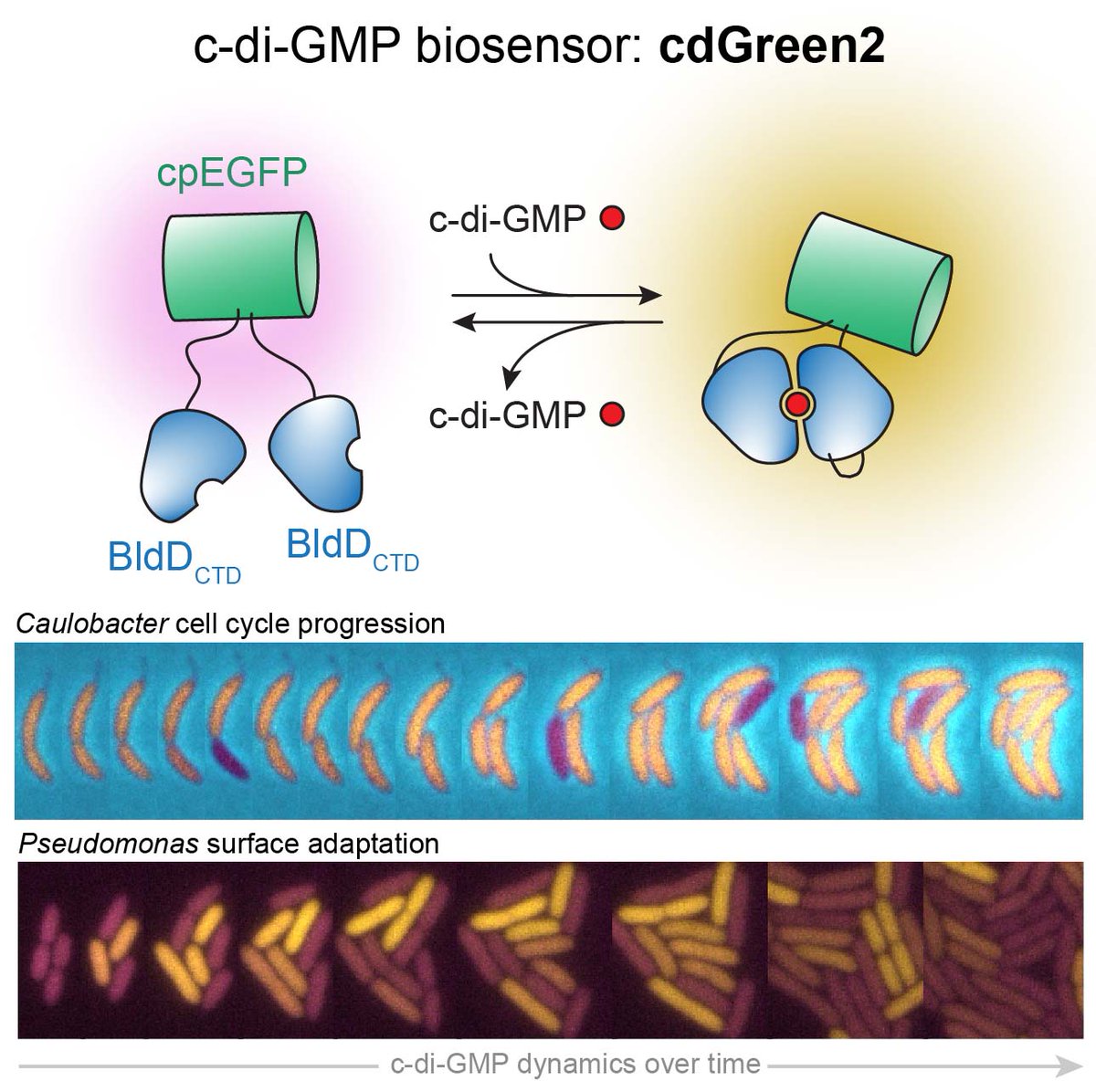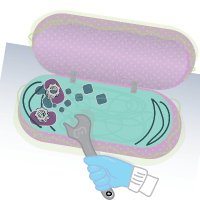
Childers Lab
@childerslab
We apply biochemistry, synthetic biology, and chemical biology to study how phase separation organizes the bacterial cytoplasm and how bacteria make decisions.
ID: 1034155039458295808
https://childerslab.weebly.com/ 27-08-2018 19:05:49
616 Tweet
827 Followers
1,1K Following

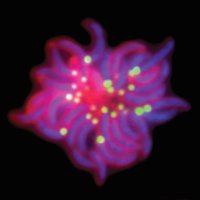
Thrilled to share our latest preprint about asymmetric division in E. coli! Work led by the amazing Yashna Thappeta & Silvia Cañas-Duarte. Fun collaboration with the Cegelski lab. biorxiv.org/content/10.110…


Biomolecular Condensates: From Bacterial Compartments to Incubator Spaces of Emergent Chemical Systems in Matter-to-Life Transitions by W. Seth Childers and co-workers Childers Lab #OpenAccess onlinelibrary.wiley.com/doi/10.1002/sy…

Just online Nature Communications cationic peptide nanotubes can bind weak hydride transfer agents to facilitate efficient reduction of esters in water! Grateful to Swarnajayanti Grant, SERB , CSIR & IISER Kolkata rdcu.be/dJbwI #systemschem #enzymemimics
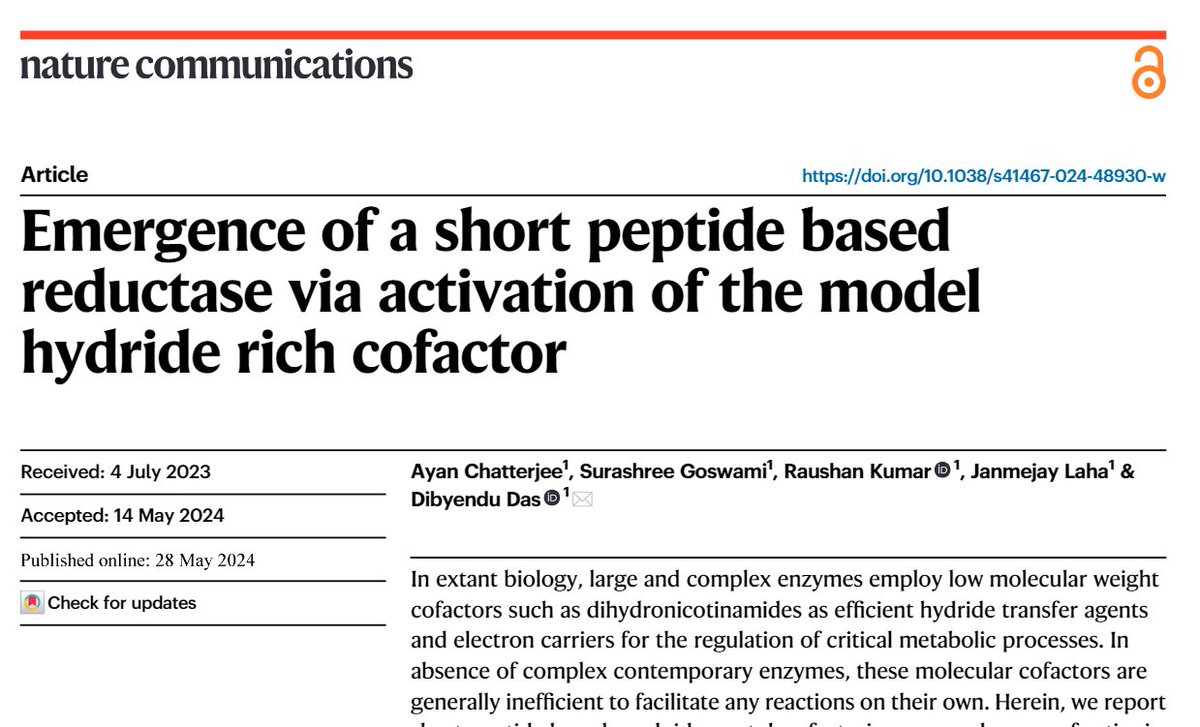

Pick of the Week, out #OpenAccess in ChemSystemsChem by Childers Lab: Biomolecular Condensates: From Bacterial Compartments to Incubator Spaces of Emergent Chemical Systems in Matter-to-Life Transitions ow.ly/kP6W50S9Vjo SystemsChem Talents: ow.ly/opyk50S9Vs3
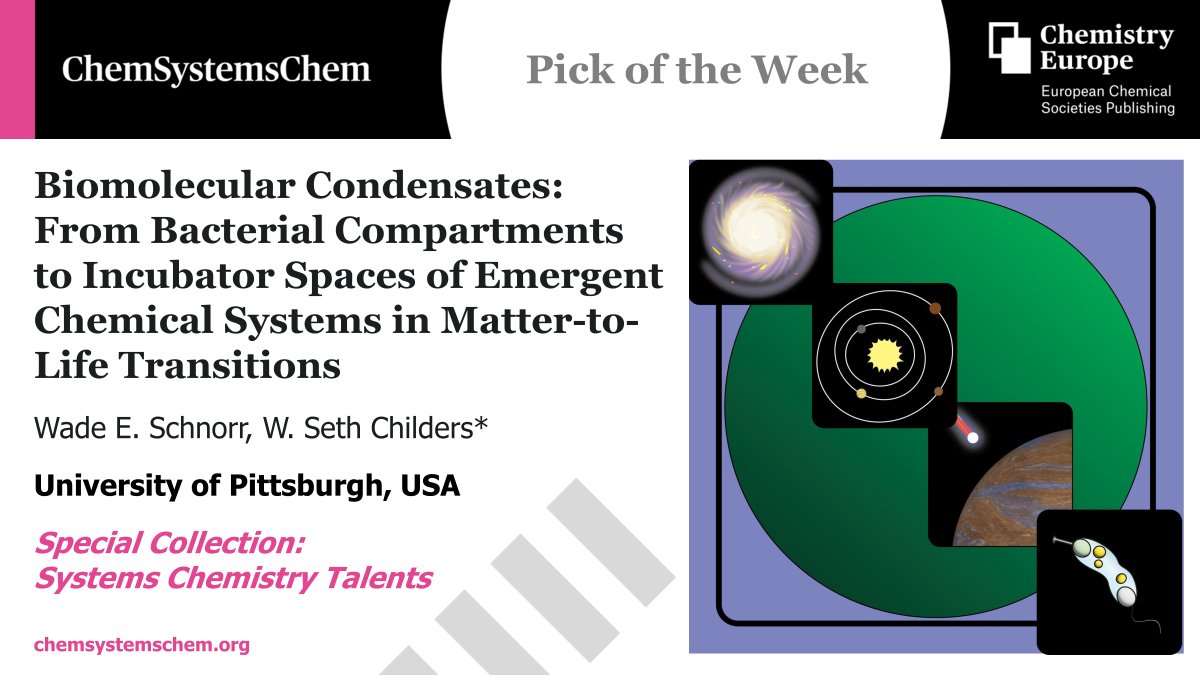


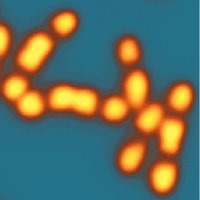

So excited to announce our new method for multiplexed RNA imaging in bacterial cells: bacterial-MERFISH! A huge congratulations to the team of Ari Sarfatis, Yuanyou Wang, and Nana Twumasi-Ankrah! Check out the following thread or our bioRxiv (biorxiv.org/content/10.110…) 1/12
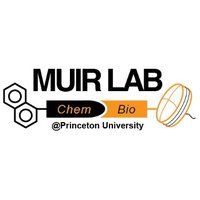
Check out our latest paper in Nature Chemical Biology, where we developed our CAGE split intein platform to study signaling events using proteomic profiling. This enables insights into the differential molecular connections of fusion oncogenes. Congrats to Gihoon Lee! nature.com/articles/s4158…
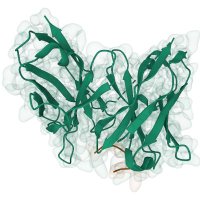
🔬🦠 Read our latest review tinyurl.com/2y9ebsgl in PLOS Pathogens on bacterial condensates, their role in stress sensing and response, and potential for influencing host-pathogen interactions. Fun project with the Childers Lab. Congrats to Moeka Sasazawa and Dylan Tomares
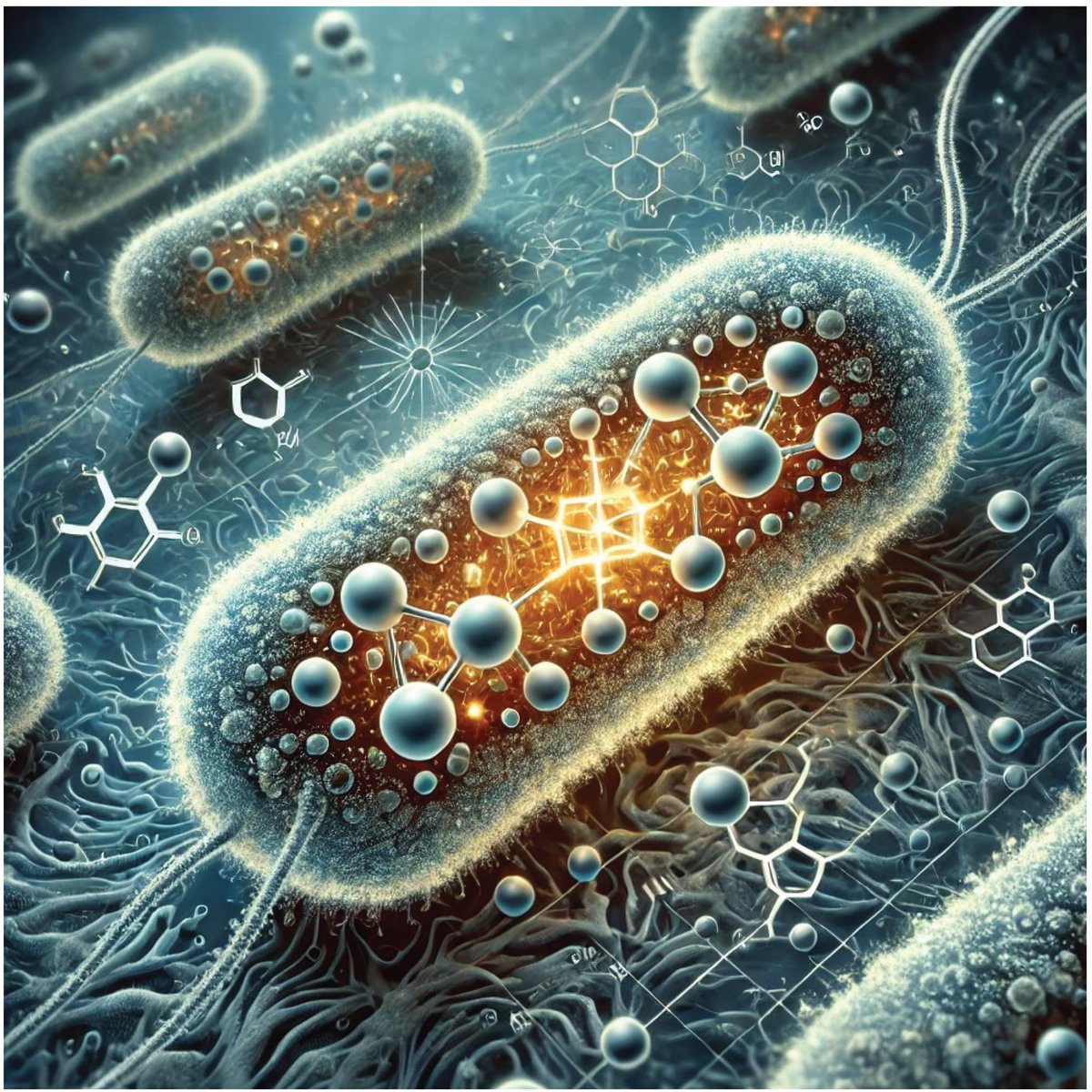


Controlled Protein-Membrane Interactions Modulate Self-Organization of Min Protein Patterns (Katja Zieske and co-workers) Katja Zieske Max Planck Institute for the Science of Light #openaccess onlinelibrary.wiley.com/doi/10.1002/an…

Many thanks to American Physiological Society #TPhysMag for featuring us in this month's "Under the Microscope"... Was fun to do this interview! Univ of Pitt Center for Kidney Research physiology.org/publications/n…
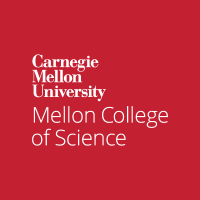
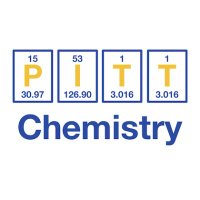

I discuss the urgent crisis from the loss of federal support of science in the US and recent clinical gene editing breakthroughs with Walter Isaacson & Christiane Amanpour on Amanpour and Company, airing on PBS tonight at 11 pm ET, and on CNN International earlier today. Pls share! youtube.com/watch?v=8YhJM6…


Just presented for the first time today by April proteinsociety who received their young investigator award! #ProudPI #FriedLabNews. Is Anfinsen’s Thermodynamic Hypothesis of protein folding true? We think PGK challenges it in a truly striking way. biorxiv.org/content/10.110…
